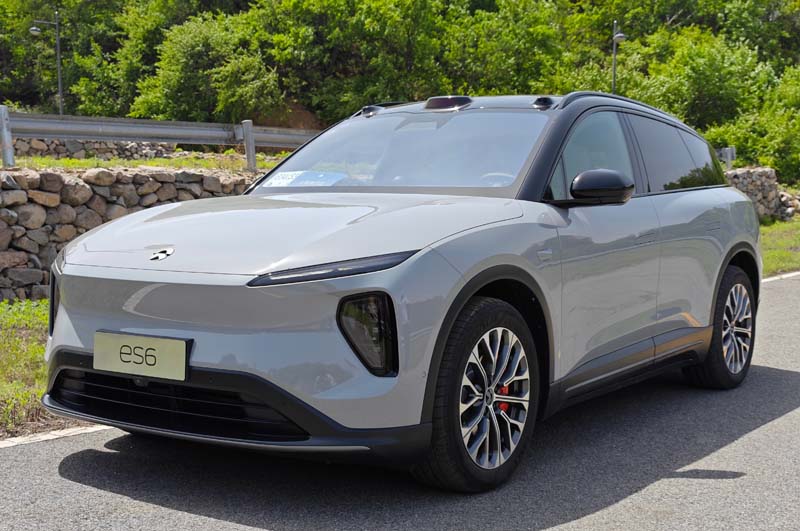NIO is putting all its autonomous driving chips on the AI end to end model basket. NIO’s smart driving R&D Department underwent a structural adjustment that sees the company going all-in on an “end-to-end” large model approach for self-driving software development.
The reshuffling saw NIO’s formerly siloed perception, planning, and control teams merged into a singular “large model development” group headed up by former perception lead Peng Chao. It’s the clearest sign yet that the automaker is ditching the traditional “perception-decision-planning” paradigm in favor of training powerful AI systems to handle the entire autonomous stack holistically.
It’s a bold strategy shift that puts NIO squarely in the same lane as players like Tesla working towards advanced “single-stack” self-driving through techniques like reinforcement learning. Leading the charge is VP Ren Shaoqing, who made clear to his reorganized 1,500-person team that legacy autonomous architectures are being left in the rearview.
“The traditional ‘perception-decision-planning and control’ paradigm should be abandoned,” an internal memo from Ren stated bluntly.
The memo also indicated NIO will “focus more clearly on using end-to-end large models to achieve advanced autonomous driving” going forward. While still just buzzwords for now, that mission statement aligns with the growing school of thought that monolithic AI models can outperform the piecemeal approach to self-driving.
It remains to be seen whether this concentrated end-to-end push will pay dividends for NIO’s autonomous ambitions. The strategic realignment showcases an automaker hellbent on forging a more streamlined path in the intensely competitive race to bring truly self-driving cars to roads.
After all, with NIO’s smart driving userbase already exceeding total 510k vehicles and navigation pilot hits 1 billion KM, there’s a massive data treasure trove at stake when it comes to training the next breakthrough model. For NIO, ditching legacy architectures and consolidating around an all-in-one AI driving brain seems like a risk worth taking.
